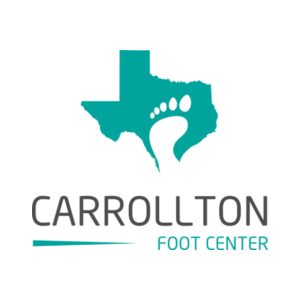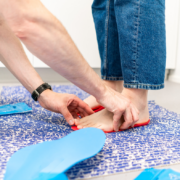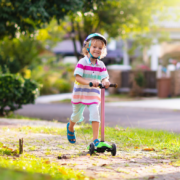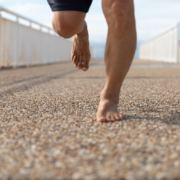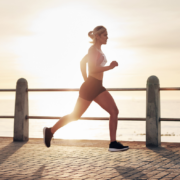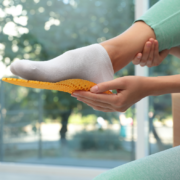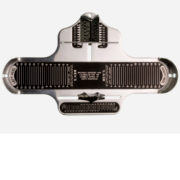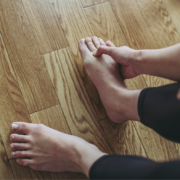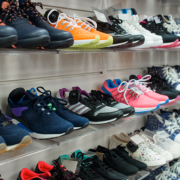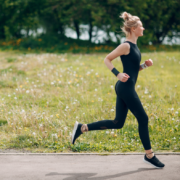Why Kids and Adults Need Orthotics
Custom orthotics are a common treatment for various foot and ankle conditions, but the needs and considerations for pediatric patients differ significantly from those of adults. Today, we at Carrollton Foot Center will explore the key distinctions between pediatric and adult orthotics and highlight how podiatrists tailor their approach to ensure optimal foot health for patients of all ages.
Why Orthotics?
We covered this in a previous blog, but today, we’ll go more in-depth as to how each age group depends on orthotics differently.
In Children:
- Guiding Growth and Development: Orthotics can help guide proper foot and ankle development in children and address issues like flat feet, in-toeing, and out-toeing. Early intervention can prevent long-term complications and promote healthy biomechanics.
- Addressing Congenital Conditions: Orthotics can be used to manage congenital foot deformities, such as clubfoot, which helps to correct alignment and improve function.
- Supporting Neuromuscular Conditions: Children with neuromuscular conditions like cerebral palsy may benefit from orthotics to improve stability, reduce spasticity, and enhance mobility.
- Managing Pediatric Foot Pain: Orthotics can address various sources of foot pain in children, such as Sever’s disease or juvenile bunions.
In Adults:
- Correcting Biomechanical Issues: Orthotics can fix problems like flat feet, high arches, overpronation, or underpronation. These can all cause pain, affect your gait, and ruin your ability to exercise.
- Managing Foot Conditions: Orthotics can help alleviate pain and improve function in conditions like plantar fasciitis, heel spurs, bunions, and metatarsalgia.
- Offloading Pressure: Orthotics redistribute pressure and reduce stress on specific areas of the foot, which is crucial for people with diabetes or those prone to ulcers.
- Improving Sports Performance: This applies to both groups, but orthotics can enhance athletic performance by optimizing biomechanics and reducing stress on the feet and lower limbs!
Pediatric and Adult Orthotics: Key Differences
In terms of function, pediatric orthotics often aim to guide proper foot development and prevent future problems, whereas adult orthotics may focus more on correcting existing issues and alleviating pain.
One of the key differences between pediatric and adult orthotics is the need to accommodate growth and development. Children’s feet are constantly growing and changing, so their orthotics must be designed to adapt to these changes. In contrast, adult feet generally require a more stable fit to provide greater support and correction.
Orthotic Progress Monitoring
Furthermore, children may adapt to orthotics more quickly due to their greater flexibility and adaptability, while adults may require a longer adjustment period.
Consequently, pediatric orthotics typically need to be re-evaluated more frequently than adult orthotics, usually every 6-12 months, or more often if the child experiences a growth spurt. Adult orthotics, on the other hand, may only need re-evaluation every 1-2 years unless there are changes in the patient’s condition or footwear.
Consult with Board-certified podiatrist Dr. Naghmeh Lilly Khavari, a knowledgeable professional who is dedicated to her patients in Denton, Dallas, and Collins Counties. Dr. Khavari treats a wide range of conditions, from ingrown toenails to foot and ankle injuries. Call Carrollton Foot Center’s office (located in Carrollton, Texas) at (469)-998-3668 to schedule your first appointment today!
